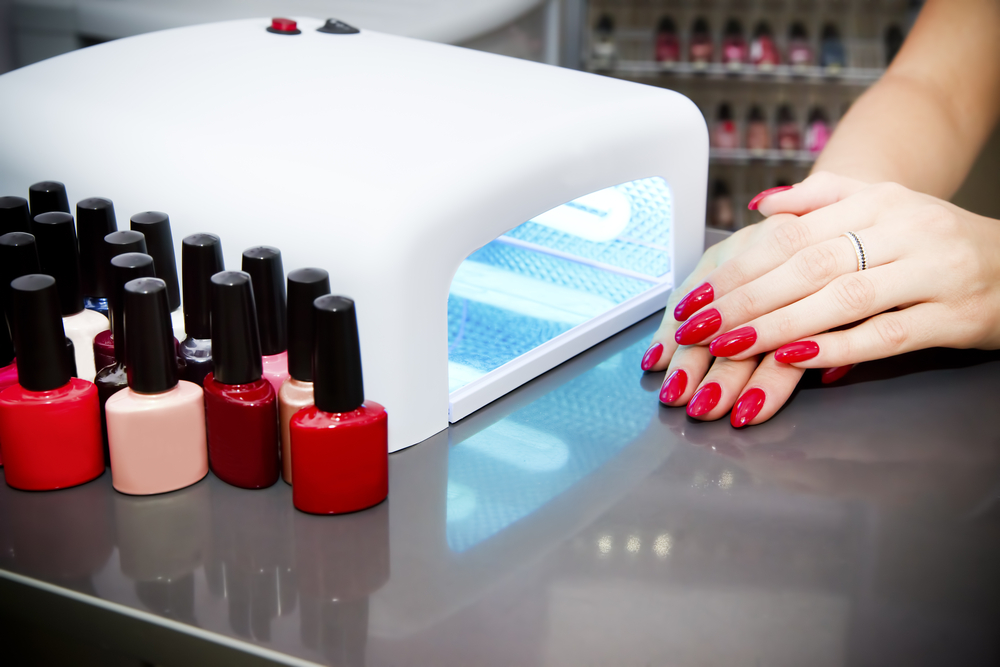
The European Union ban on TPO (Trimethylbenzoyl Diphenylphosphine Oxide) in nail products is making headlines and getting plenty of attention, especially from papers like the Daily Mail, who never miss a chance for a good scare story. Is it time for fans of well manicure nails to panic?
What is TPO and why is it banned?
TPO is a photoinitiator used in gel nail polishes. It helps the product set hard and stay glossy for longer when it’s cured under UV light. In September 2025, the EU made it official: TPO is banned from all cosmetic products, citing animal studies that suggested large doses could harm fertility in rats. No human studies showed the same risk, and typical use in nail products sees TPO locked in the cured gel, not floating around to be absorbed.
Why the fuss?
Reading the Daily Mail, you might think every gel manicure is a health crisis waiting to happen. Classic scaremongering—maximum drama, minimum context. The studies that led to the ban used oral doses much higher than anyone would get from cured nail gels, and there’s no real evidence of harm to human users or technicians. They’re exposed to tiny amounts, mainly on hardened nails. Having worked on nail antifungal products, I know how difficult it is to get active ingredients through the nail in any quantities. I am very close to certain that this material poses no risk at all to end users.
Is the TPO ban sensible?
Well, I don’t think that and users are exposed any risk that is meaningful, I can’t be quite as confident in the case of nail technicians. I would still be very surprised if data counter light that they were in any serious danger. But given that they handle the material every working day and all day the risk they faces many hundreds of times greater than that of a user.
Here’s where perspective helps. Cosmetics are non-essential products, and regulators in the EU want a super-high standard of safety—if there’s any credible risk, they usually err on the side of caution. That means even a theoretical worry from animal tests can be enough for a ban. Is it justified? In the strictest sense, yes: because the products are for beauty, not health, regulators insist on the tiniest possible risk. Nail technicians have as much right to the safest possible working environment as the rest of us.
I would also say that coming up with alternatives to TPO is the kind of problem that my friends and colleagues in the chemical industry have a good track record of solving.
What Happens Next?
For now, salons and brands in the EU (and places like Norway that follow EU cosmetic law) have to ditch any remaining TPO-based gels, and big manufacturers have to reformulate products. There’s no immediate ban in the UK or US, but industry experts say the UK may follow suit in a year or two. I hope they do. Not having the safest regulations available is not a good look.
Bottom Line
The TPO ban shows how UK and European rules put consumer caution first – and the bar for what they regard as a health risk is set pretty low. But it has to be set somewhere and at the end of the day cosmetic products aren’t essentials so it is hard to justify any level of risk. In Britain or the States, salon gel manicures can still be offered legally for now. But obviously it is better to get ahead of the game and get compliant as soon as possible.
If you see the tabloids trying to talk it up into a big scare story, take it with a pinch of salt. But if people are being told that an ingredient you are using is unsafe, that’s not going to help sales.
Thank You for being the voice of reason again. While my personal use of gel nail polishes is rare enough to not cause any worries, I completely agree that safety regulations should err on the side of caution when it comes to salon and nail polish manufacturing workers.